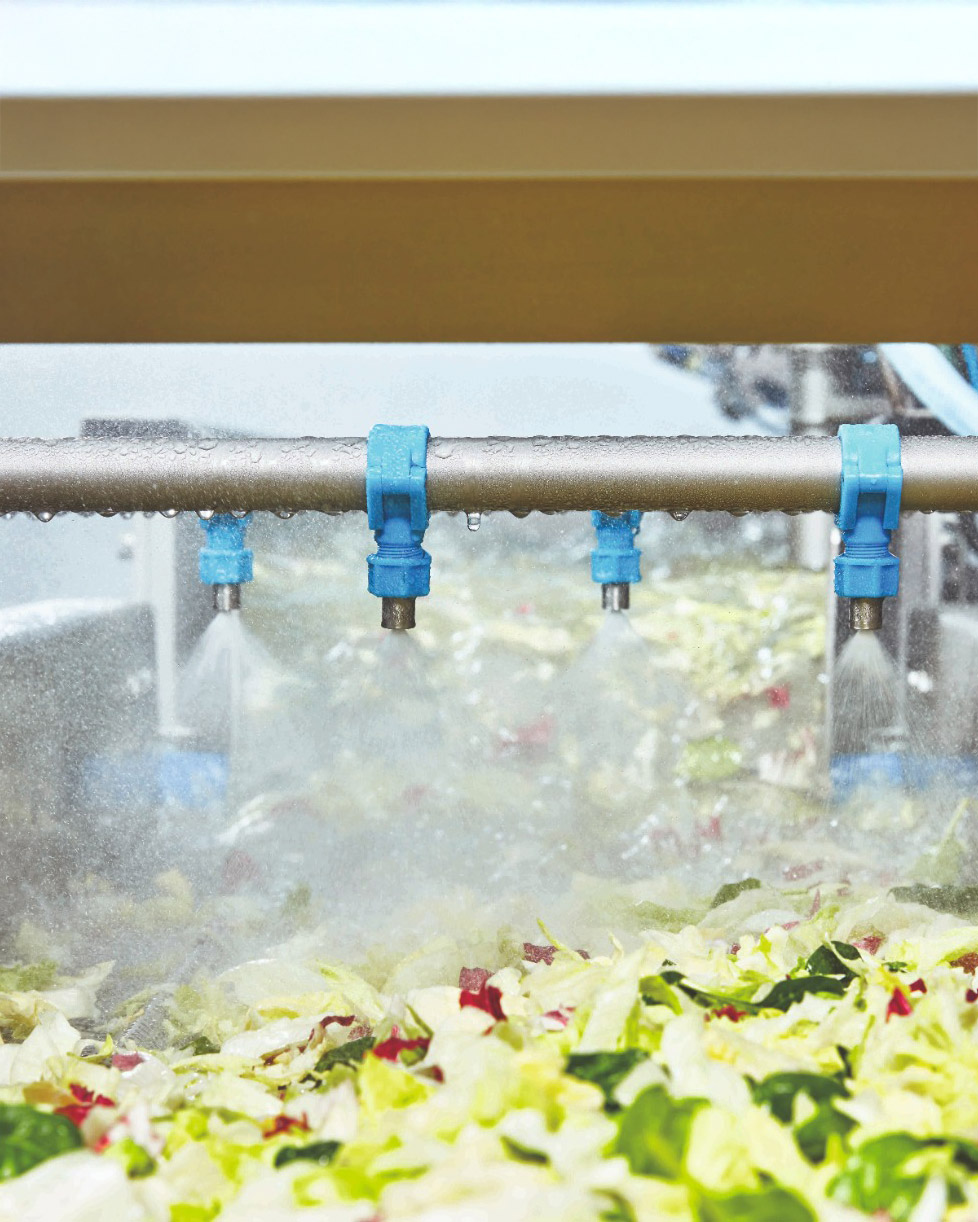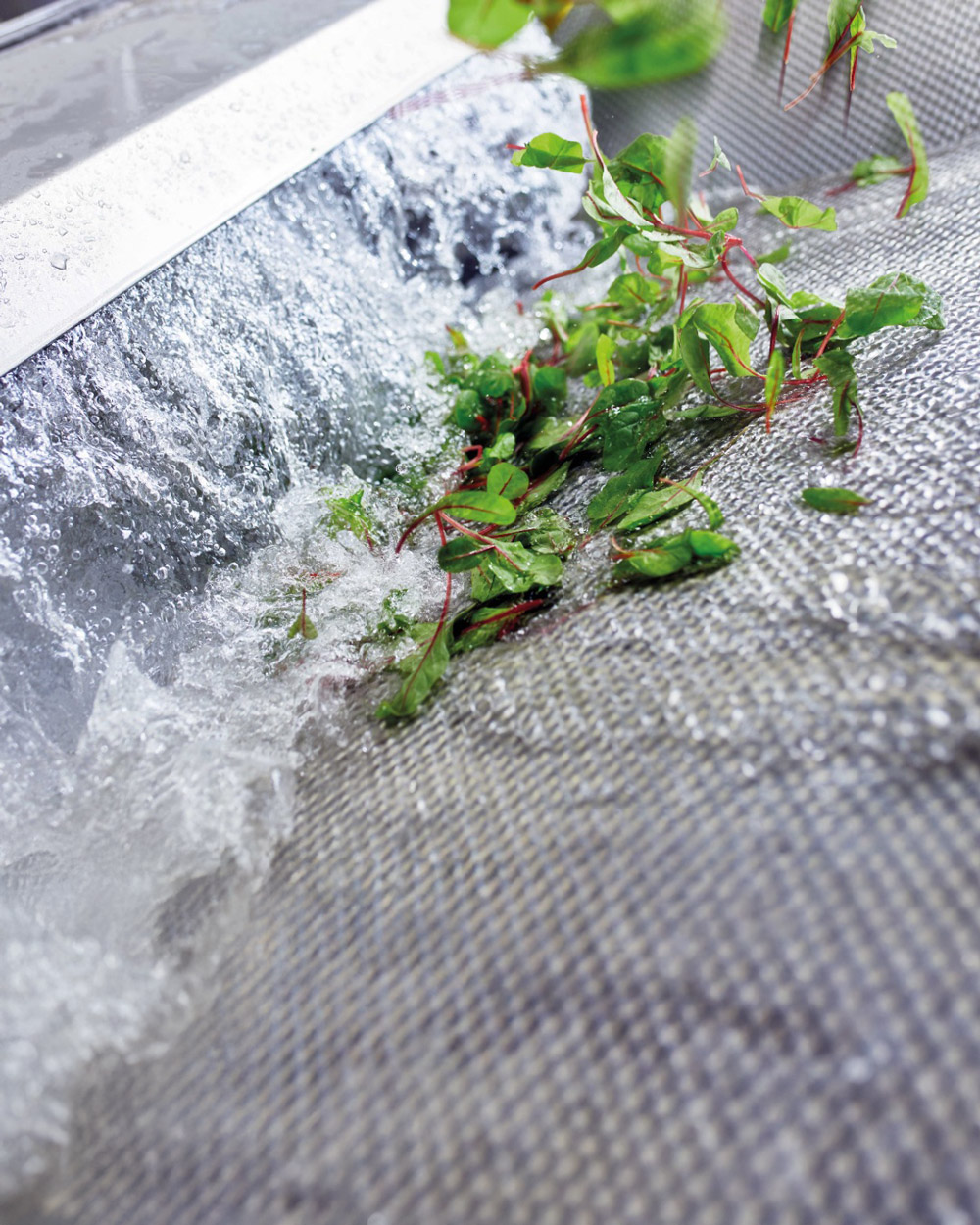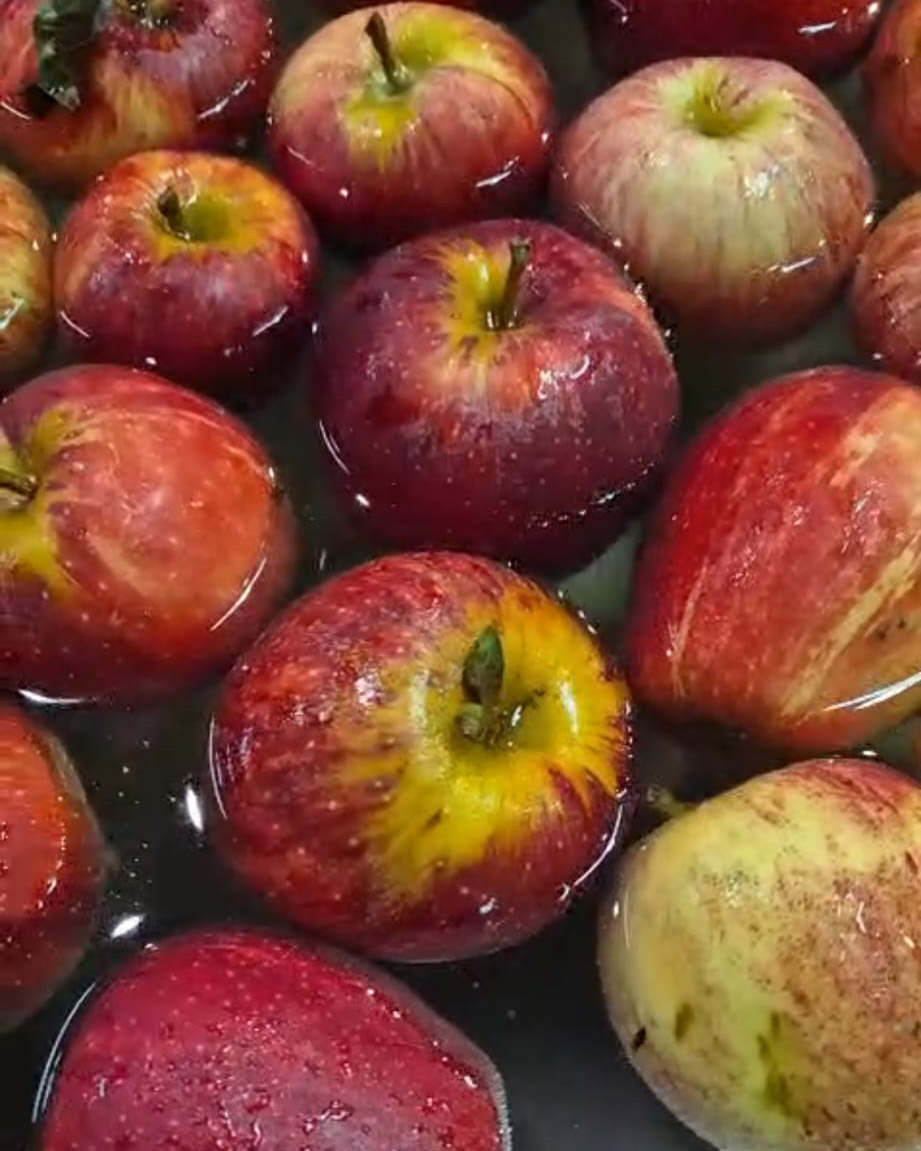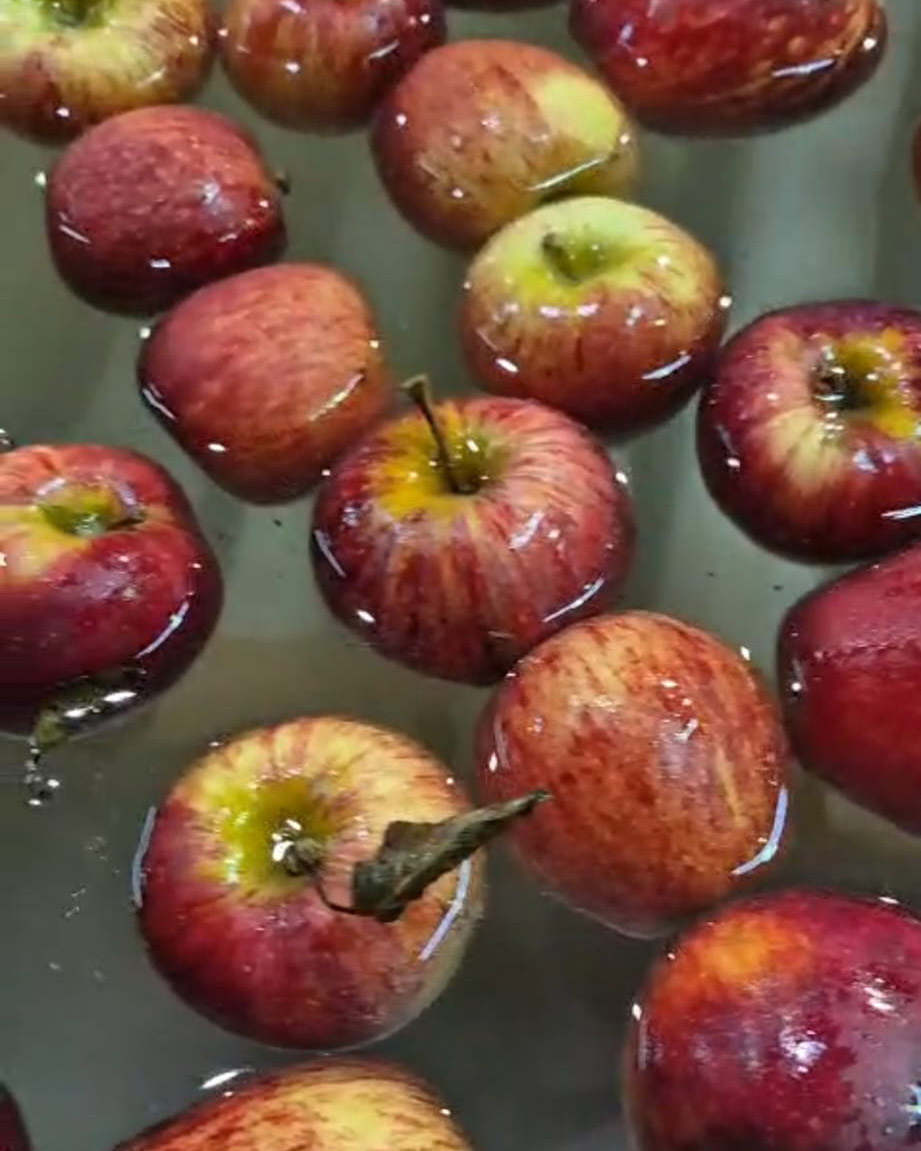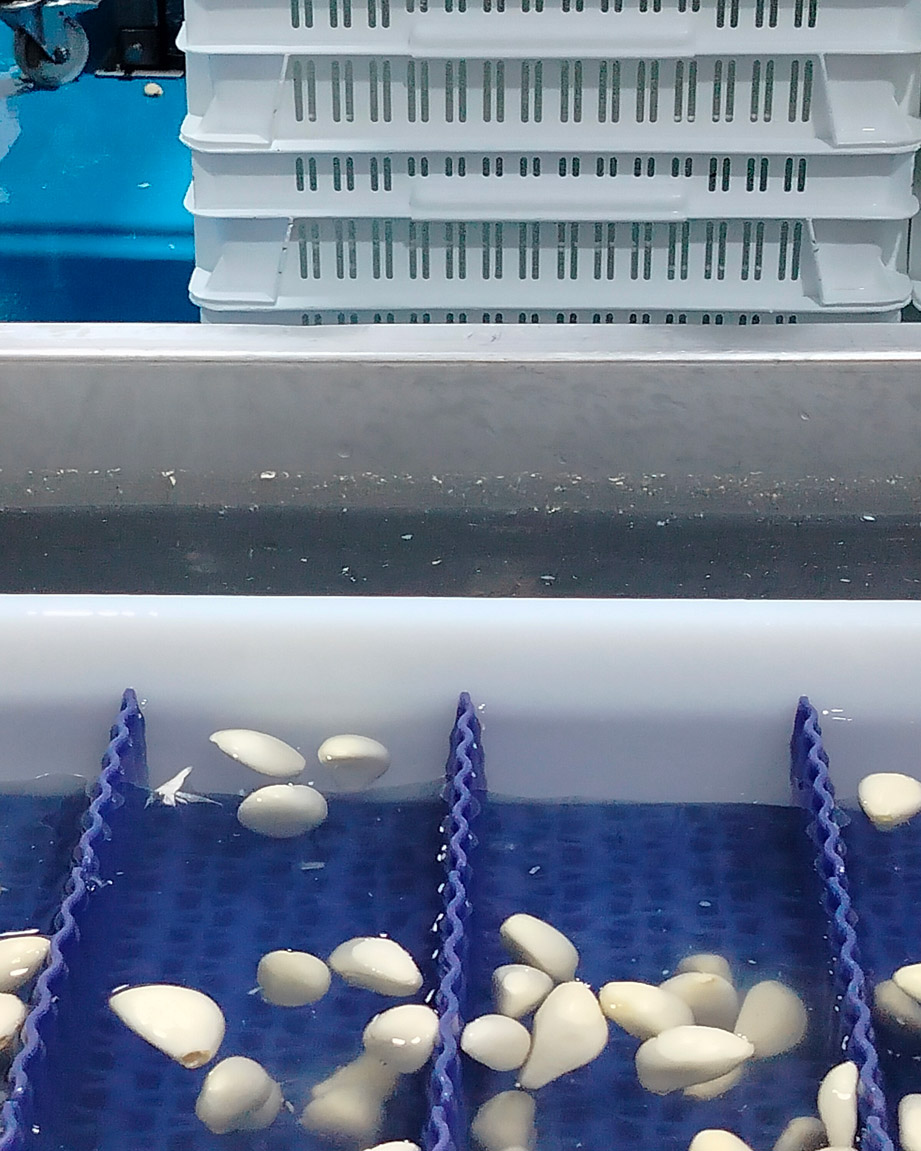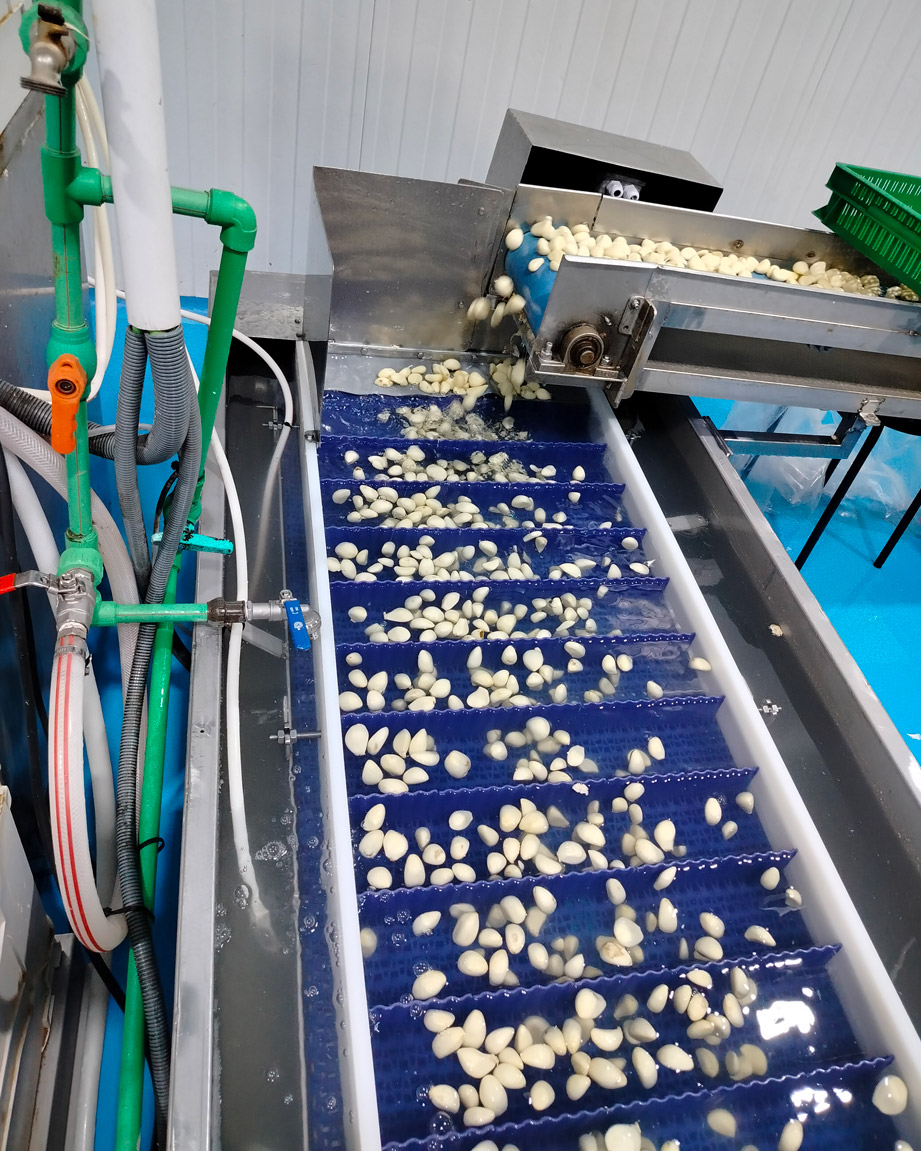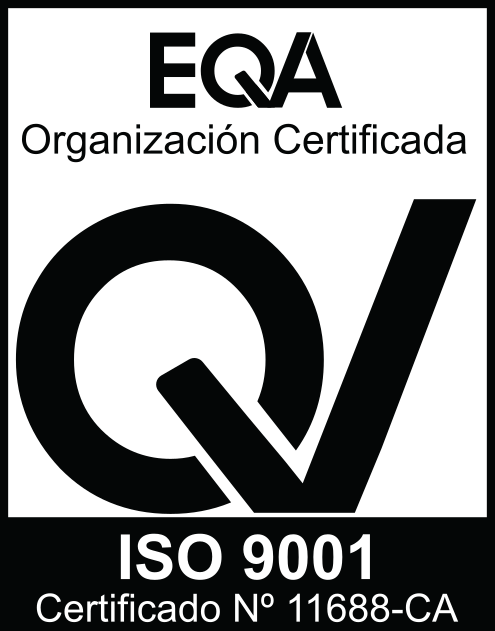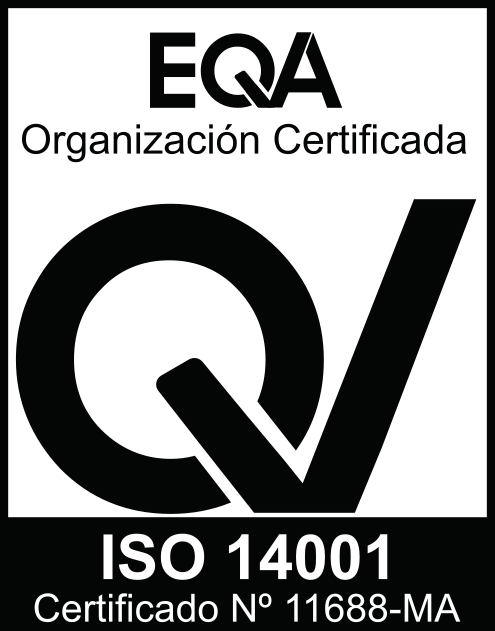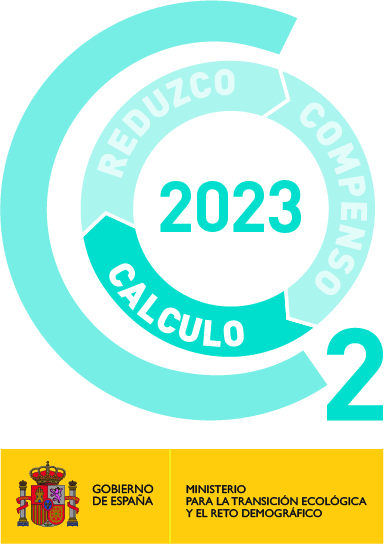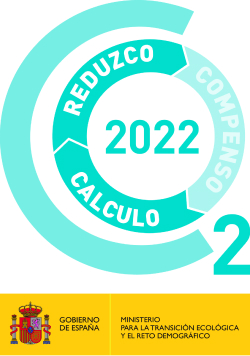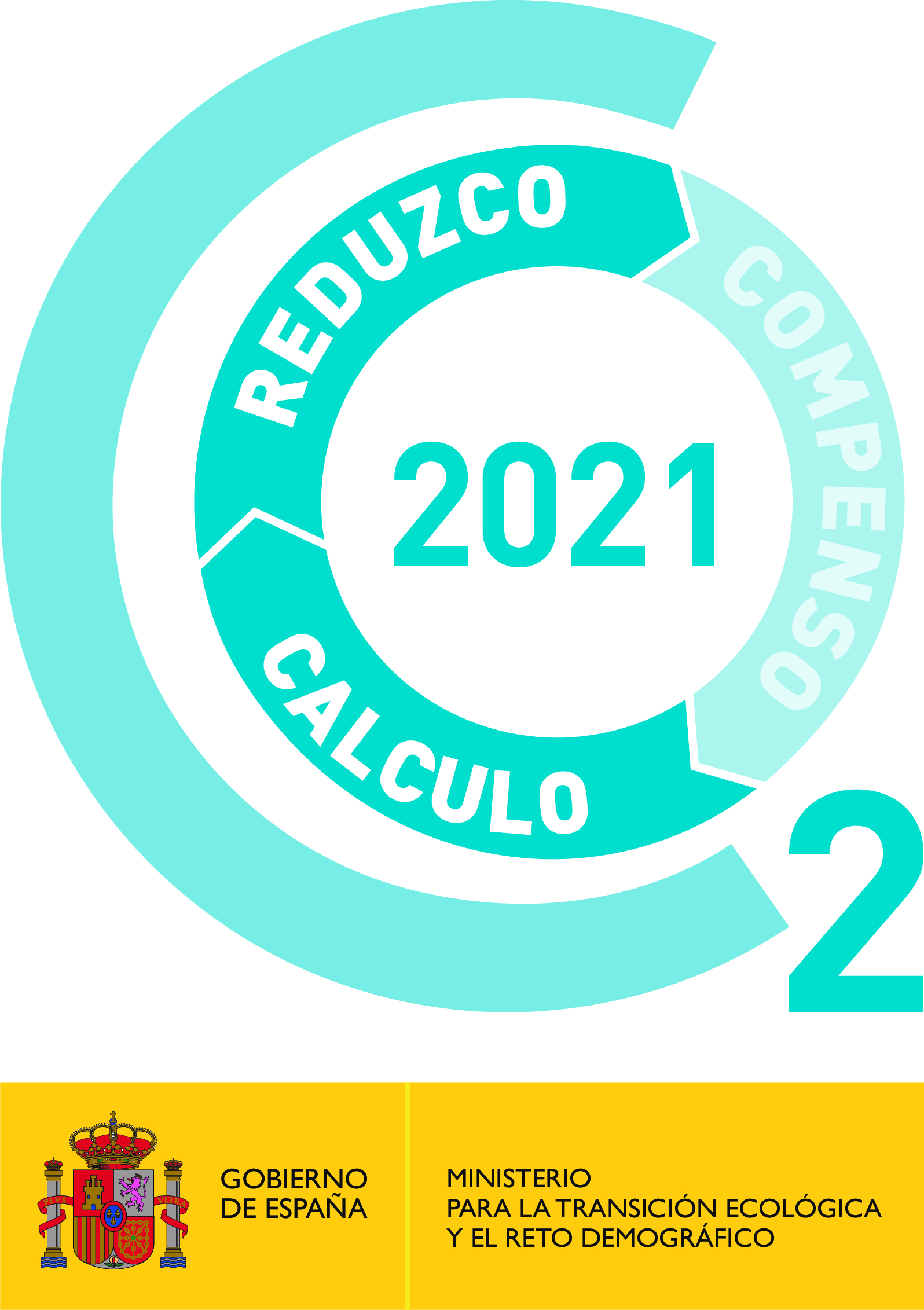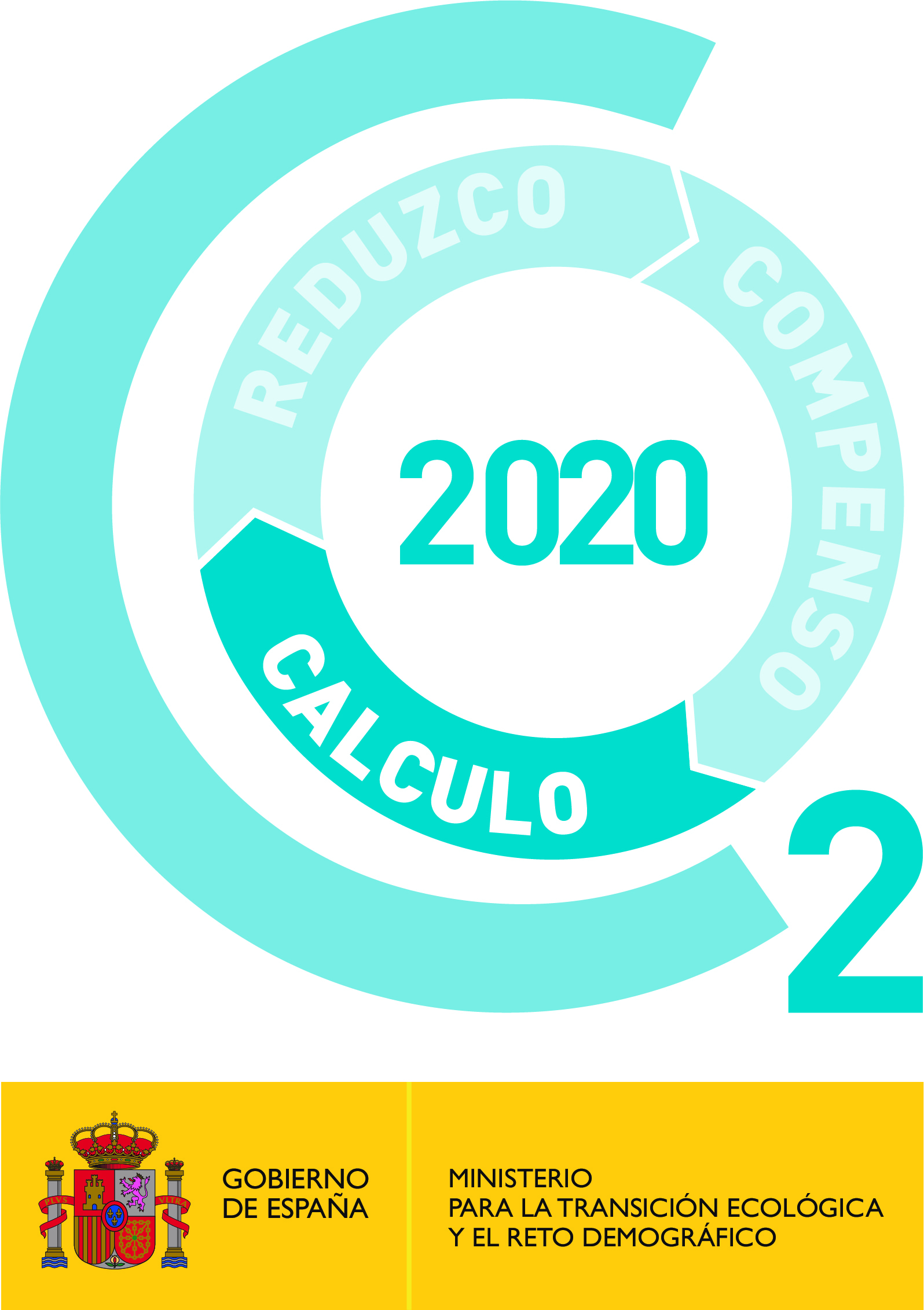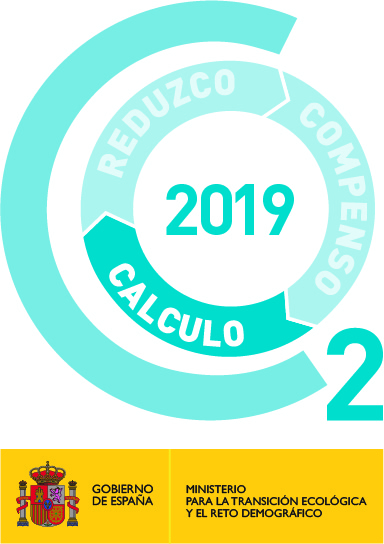Fresh Cut
Hygienic washing of minimally processed fruits and vegetables (IV Range)
In the post-harvest processing of minimally processed fruits and vegetables (Fresh Cut), wash water is essential to ensure food safety and shelf life of the final product. The Citrocide® FRESH-CUT System is an advanced system that ensures hygienic and safe washing of minimally processed products. This system monitors continuously and in real time the concentration of the disinfectant in the wash water, to guarantee at all times an optimum and safe dosage of the disinfectant in a fully automatic way. This ensures correct hygiene of the wash water and minimizes any risk of cross-contamination that may occur during this process. The efficacy of the Citrocide® FRESH-CUT System has been demonstrated in several studies (study 1, study 2) that endorse its industrial use.
Comparison of Peracetic Acid and Chlorine Effectiveness during
Fresh-Cut Vegetable Processing at Industrial Scale.
Published in JFood Protection - 2021
Minimum effective dose of peracetic acid against E. coli in cut lettuce wash water and its application in the fresh-cut industry
Published in Acta Hortic - 2023
Request the complete articles here.
Citrocide® peroxyacetic formulations are used for hygienic washing with the Citrocide® FRESH-CUT System. These sanitizers are environmentally friendly substances with high biocidal power against all types of microorganisms including viruses, bacteria, fungi, yeasts and spores. Citrocide® formulations are certified as inputs for organic farming according to European and US regulations.
The Citrocide® FRESH-CUT system can be integrated with the CitroFy platform, allowing remote access and monitoring of the disinfection process, as well as integrated management of the information generated from the system.
The Citrocide® FRESH-CUT System has been developed in collaboration with the company KRONEN GmbH and can be easily integrated into all KRONEN and other washing machines.
